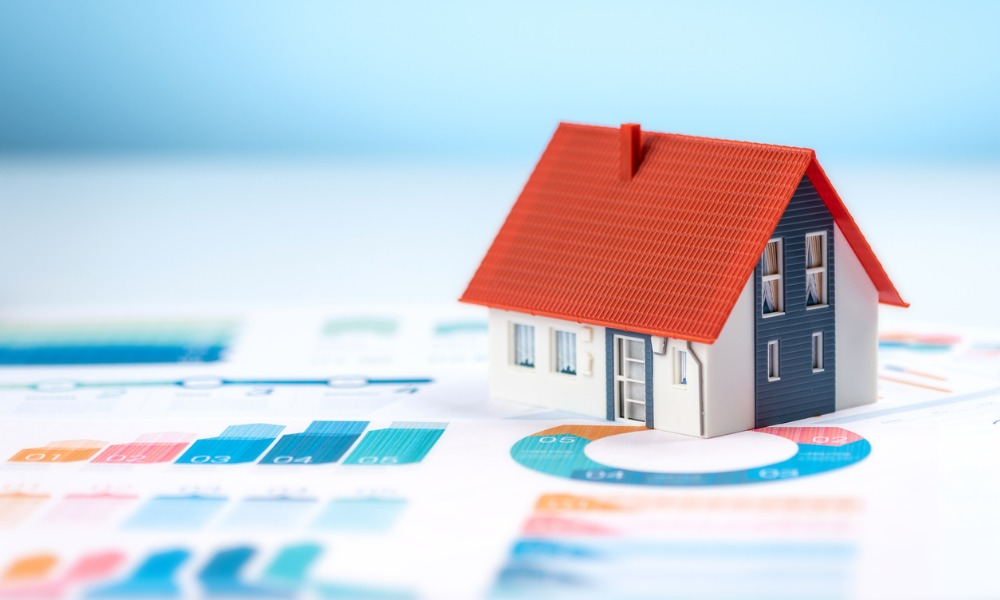No need to worry about the "globally synchronised" housing downturn as NSW homes lose $500 a day

As the world faces a “globally synchronised” housing downturn, economists from National Australia Bank and UBS have the same advice to Australian investors: Don’t worry.
Across the world, interest rates are rising at the fastest pace in decades, pushing housing prices downward. Australia and Canada are already seeing double-digit house price falls, but the full impact of the continuing rate hikes may not have been felt yet.
“We will observe a globally synchronised housing market downturn in 2023 and 2024,” former Bank of Japan economist Hideaki Hirata told Bloomberg.
Despite the uncertain environment, however, Australian confidence remains relatively strong. Business confidence and conditions rose to above-average levels in August, with confidence up three points to reach 10 index points and conditions up one point to hit 20 points, according to NAB’s business survey.
“August saw the strength in the survey over recent months roll on, with business confidence and conditions both edging higher,” NAB chief economist Alan Oster told The Australian. “Overall, the survey showed no signs that the strong conditions of recent months – including the strength seen in official consumption and retail sales data – had begun to moderate yet.”
Oster did note, however, that low profitability in the construction sector “remains a challenge.”
“Overall, the survey indicates that demand remained strong through August,” Oster told The Australian. “We continue to expect that inflation and rising interest rates will eventually begin to weigh on household budgets more materially, slowing the pace of consumption growth and, in turn, helping to ease inflationary pressure. So far, however, it appears this dynamic is yet to take hold.”
The Australian property market is definitely feeling the pain from continued rate hikes. The New South Wales and Victorian property markets have taken a $200 billion hit from the increases, according to a report by The Sydney Morning Herald.
Read next: Price falls not deterring RBA’s aggressive policy – yet
Those two markets have borne the brunt of the impacts, according to the Australian Bureau of Statistics, with the average price of dwellings in NSW dropping by more than $500 per day in the three months to June.
However, UBS economist George Tharenou said that history suggests the Reserve Bank will eventually come to the rescue.
“In the last 30 years or so, policymakers almost always avoided a housing hard landing, and if it started to occur, they shifted their reaction function,” Tharenou told The Australian Financial Review. “We see history repeating.”
During the last six house price downturns of more than 2%, the RBAA tended to cut rates after prices had fallen for about 10 months, or by about 5%, AFR reported.
Tharenou predicted that the RBA won’t move to cut rates quite as quickly this time around. UBS projects that the first rate cuts from the central bank will hit around August 2023 – about 16 months after house prices peaked in April this year.
The damage will be worse than in other downturns, too, AFR reported. Tharenou said he expects a peak-to-trough fall of about 13%.
The UBS view is unusually dovish. It predicts that inflation will go down much faster than the wider market expects – from a peak of about 7.5% in the December quarter of this year to about 3% in the December quarter of 2023. The prediction is also predicated on an assumption that the RBA will lift rates to only 2.85%. The wider market predicts rates will peak at 3.5%.
UBS also believes the drop in prices for established houses will be limited somewhat by the rising cost of building a new home, which has jumped 20% so far and will likely continue to rise due to labour shortages, AFR reported.



